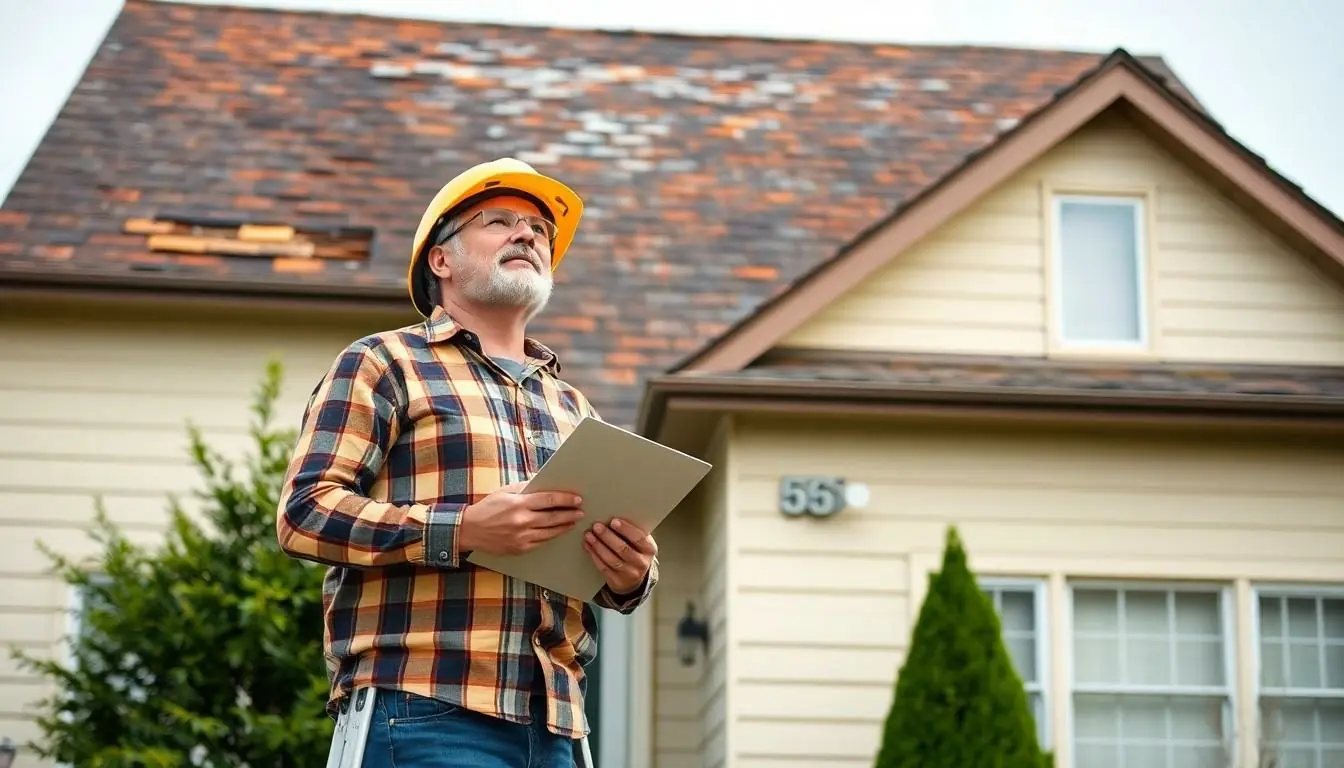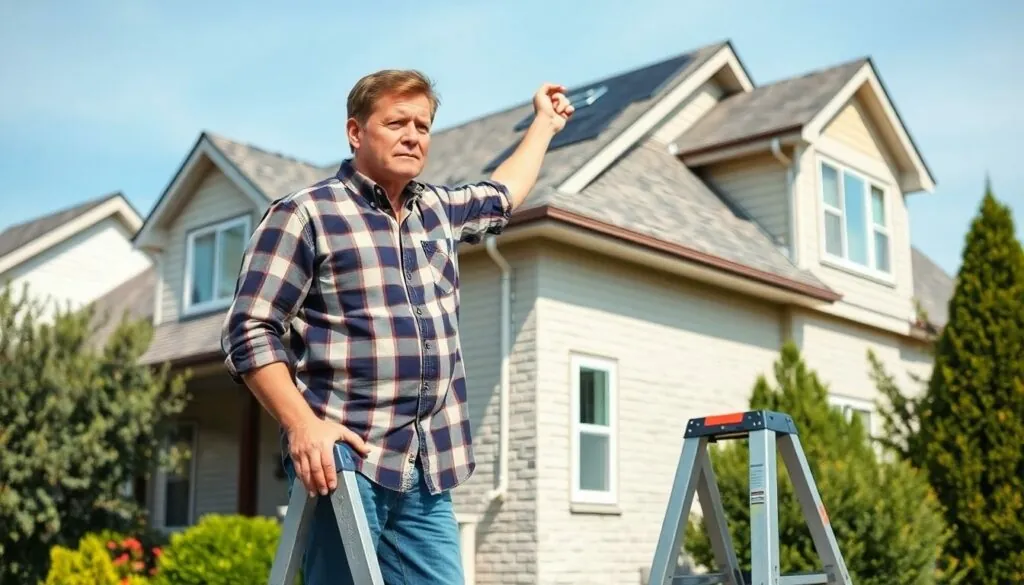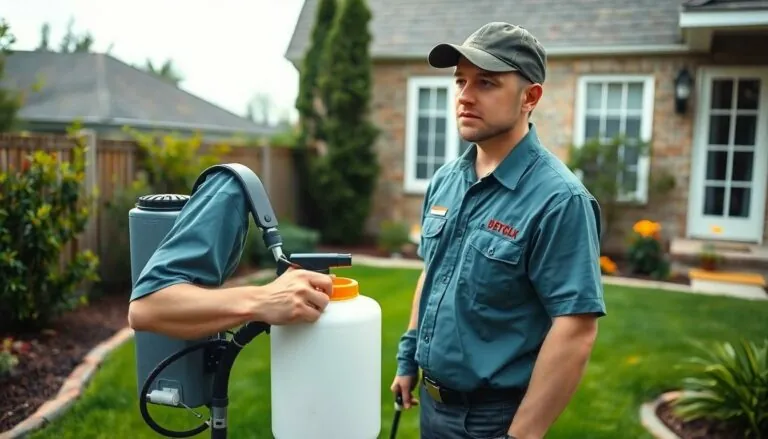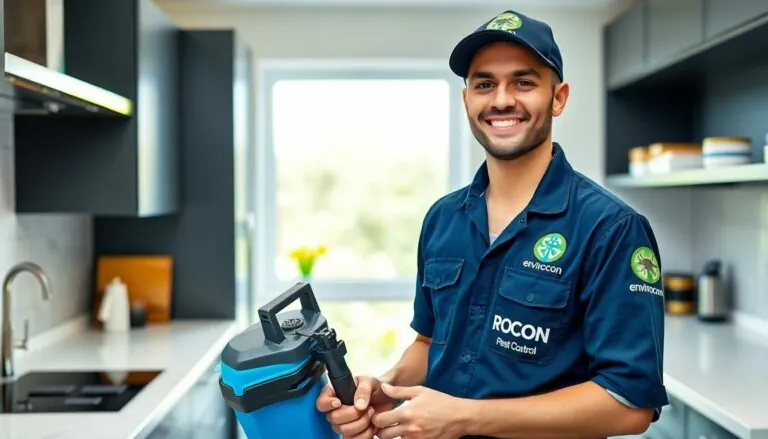Table of Contents
ToggleHome insurance inspections can feel like a surprise pop quiz, and nobody wants to flunk. Imagine this: you’re all set to protect your castle, but a few sneaky issues could turn your insurance dreams into a nightmare. From leaky roofs to questionable wiring, some red flags are just waiting to wave goodbye to your coverage.
Common Reasons for Home Insurance Inspection Failures
Homeowners should recognize common reasons for failed home insurance inspections to avoid issues with coverage. Identifying these areas helps maintain a secure environment and meets insurance requirements.
Structural Issues
Structural problems can lead to significant inspection failures. Cracks in foundations, sagging roofs, and compromised walls often indicate serious concerns. Inspectors assess these items to determine stability. Any obvious signs of deterioration may prompt a failure. Maintaining the integrity of a home’s structure protects both residents and the property’s value.
Electrical Problems
Faulty wiring frequently causes failures during home insurance inspections. Issues arise from outdated systems, exposed wires, or improper circuit installations. Inspectors look for compliance with safety standards. Any potential fire hazards will raise red flags during evaluations. Homeowners should invest in regular electrical system updates to ensure safety and insurance approval.
Plumbing Concerns
Plumbing issues can jeopardize insurance coverage significantly. Leaky pipes, outdated materials, and inadequate drainage systems often create problems. Inspectors evaluate these systems for functionality and compliance with codes. Any evidence of water damage can lead to an automatic failure. Homeowners benefit from regular assessments of their plumbing to maintain a sound system and secure insurance.
Major Red Flags to Watch For

Homeowners should monitor specific elements that could lead to failed insurance inspections. Identifying these red flags helps maintain property integrity and insurance eligibility.
Roof Condition
A compromised roof raises immediate concerns. Missing shingles, significant wear, or leaks increase the risk of water damage. An inspector often flags roofs older than 20 years as problematic, indicating potential failure. Regular upkeep can extend the life of roofing materials and protect the home from further issues. Addressing roof damage promptly will likely enhance insurance prospects.
HVAC Systems
Efficient HVAC systems are crucial for a comfortable living environment. Inspectors often look for outdated equipment and inadequate maintenance. Systems older than 15 years may face scrutiny, especially if they show signs of poor performance. Problems like irregular heating or cooling can indicate deeper issues, impacting energy efficiency and safety. Homeowners should schedule routine maintenance to ensure HVAC systems meet necessary standards.
Pest Infestations
Pest infestations pose serious risks to property integrity. Common issues include termites, rodents, and other pests that can cause structural damage. Signs of infestation, such as droppings or wood damage, often catch an inspector’s attention. Ignoring pest problems may lead to significant repairs, affecting insurance eligibility. Regular pest control measures and inspections help safeguard against these threats.
The Role of Maintenance in Inspections
Maintenance plays a crucial role in passing home insurance inspections. Regular upkeep prevents many issues that can lead to failed evaluations.
Importance of Regular Maintenance
Regular maintenance ensures that properties remain in good condition. Checking roofs for damage helps avoid leaks that could cause extensive water damage. Inspecting HVAC systems frequently can identify potential failures before they escalate. Homeowners should examine plumbing for leaks or blockages that might become costly repairs. Keeping landscaping in shape prevents pest infestations, which can also jeopardize insurance coverage. By prioritizing routine maintenance, homeowners reduce the likelihood of red flags appearing during inspections.
Common Maintenance Oversights
Homeowners often overlook critical areas that can affect insurance inspections. The attic may contain hidden signs of water damage, which could raise alarms for inspectors. Neglecting to clean gutters regularly can lead to water building up against the foundation. Another common oversight involves not servicing smoke detectors, creating safety hazards. Failing to address minor electrical issues can escalate into significant problems, making it essential to keep wiring in check. These oversights can significantly impact a homeowner’s ability to maintain insurance coverage and protect their assets.
Preparing for a Home Insurance Inspection
Homeowners should prepare thoroughly before a home insurance inspection. Understanding what the process involves can help avoid surprises.
What to Expect During the Inspection
Inspectors evaluate the home’s overall condition. They check for structural integrity, inspecting the foundation, roof, and walls. Electrical systems also undergo scrutiny, ensuring wiring meets safety standards. Plumbing issues may arise during the assessment, including leaky pipes and proper drainage. HVAC systems are assessed for efficiency and maintenance history. Inspectors might take photographs and create a report detailing their findings. Expect them to flag significant hazards that could affect insurance eligibility.
Tips for Homeowners
Homeowners can take several proactive steps before the inspection. Begin by addressing any visible maintenance issues like leaky roofs or faulty wiring. Checking smoke detectors and ensuring they are functional is essential. Clean gutters regularly to avoid clogs and water damage. Ensure the HVAC system has recent maintenance records. Review the condition of foundation elements and address any visible cracks. Finally, clear clutter around the home to facilitate easy access for the inspector. Prioritize these actions to enhance the chances of passing the inspection.
Homeowners can significantly improve their chances of passing a home insurance inspection by staying proactive and addressing potential issues. Regular maintenance is key to preventing red flags that could jeopardize insurance coverage. By keeping an eye on the condition of roofs plumbing systems and electrical setups homeowners can avoid the common pitfalls that lead to failed inspections.
Understanding the inspection process and preparing accordingly can further enhance their confidence. Taking these steps not only protects their property but also ensures they maintain the necessary insurance coverage. Ultimately a well-maintained home is the best defense against inspection failures.




